Areas outside public sewer networks
Areas that are outside a public sewer network area are covered by the Environmental Protection Act (527/2014) and the Government Decree on Treating Domestic wastewater in areas outside sewer networks (157/2017). The changes in the legislation and the new regulation entered into force on 3 April 2017.
For properties located on beach areas by watercourses or the sea and in groundwater areas, the sewer system must have been working no later than by 31 October 2019. Guide map of areas within 100 metres of watercourses. In other areas, the sewer must be renewed in connection with major renovations, e.g. when installing a water closet or making such changes that apply to water and sewer systems so that the system is renewed or repaired in its entirety. The need to renew the sewer system in connection with a renovation is always reviewed on a case-by-case basis. Measures on the sewer system require a permit from the municipality’s building inspectorate in the form of an action permit or building permit. For new buildings, it will continue to apply that a sewer system meeting the legal requirements must be constructed directly.
The municipality can take into consideration the local conditions and, if these so require, issue stricter regulations. The West Coast Environmental Unit has made environmental protection regulations which you can find here. You will find, among other things, information on the requirements for sensitive areas regarding pollution and the minimum protection distances regarding the location of wastewater treatment devices and outlets for drains.
The obligation to renew a sewer system does not apply in the following circumstances:
- There is no running water on the property and only a dry toilet or outdoor toilet, unless there is a risk of contamination.
- The property is connected to a municipal wastewater sewer network or the property already has a system meeting the legal requirements.
- All permanent residents of the property were born before 9 March1943.
An investigation of the existing wastewater system must still always be available on each property. A simple investigation is enough to show what kind of wastewater is created on the property, how it is treated and where it is discharged. If you wish, you can use the form made by the Finnish Water Utilities Association (FIWA). The completed investigation must be saved on the property and, if necessary, be shown, for example, to the authorities.
Property-specific wastewater treatment systems
There are several different options for the treatment of wastewater and you should contact a good sewer planner to be sure that you get a system that suits your own property and needs. Through good planning, you get the conditions for a quality construction, a functioning sewer system and care and maintenance instructions that are adapted to the property. The person who prepares a plan must have a suitable university degree and sufficient experience for the planning task, given the degree of difficulty of the task.
The main groups of the various systems that exist are mainly as follows:
- Sludge separator and soil bed with a more efficient phosphorus purification or infiltration system for all wastewater
- Different types of mini wastewater treatment plants
- Dry toilet or closed tank for toilet water as well as a sludge separator with a soil bed or infiltration for greywater
- Closed tank for all wastewater
Care and use
A separate sewage treatment system requires a certain amount of maintenance to function optimally. It therefore pays to think about the type of purification system you can imagine operating, even after 10 years. For example, the sludge separators for a soil bed should be emptied regularly (at least once a year) and a mini wastewater treatment plant should be inspected approximately once a week.
